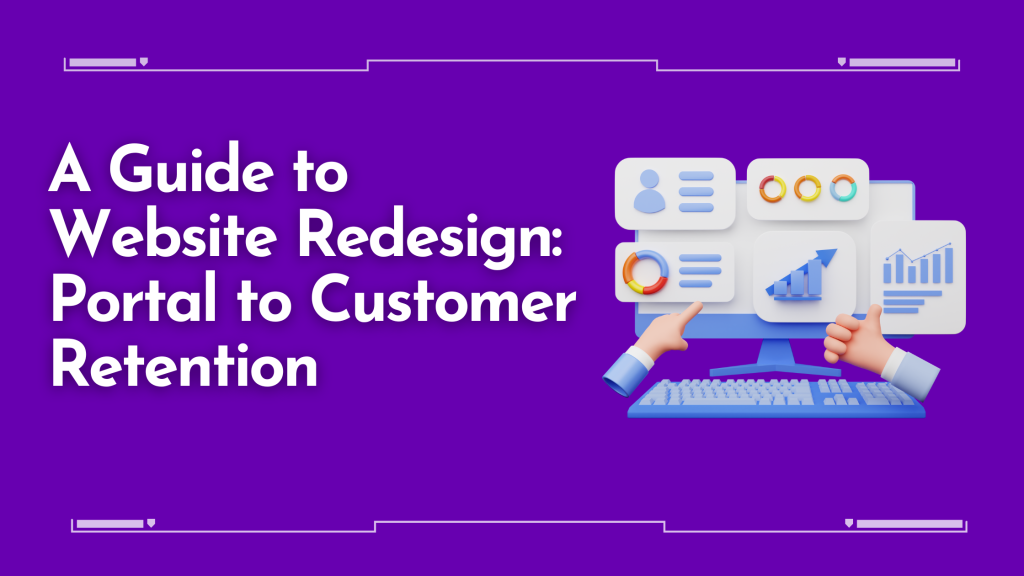
A Complete Guide to Website Redesign: Portal to Customer Retention

Introducing RANKS PRO
Take Control of Your SEO Now!
Table of Contents
Add a header to begin generating the table of contents






